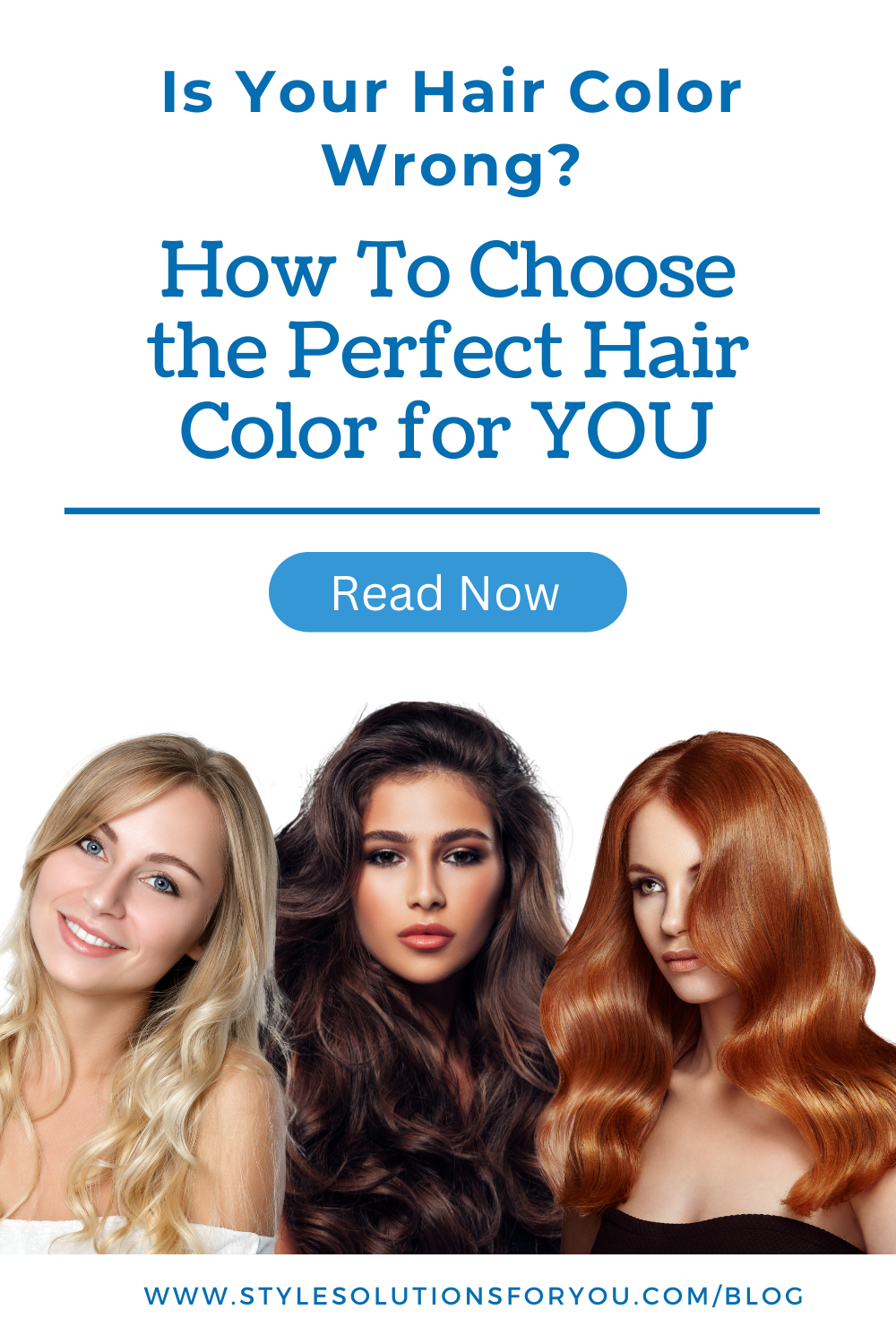
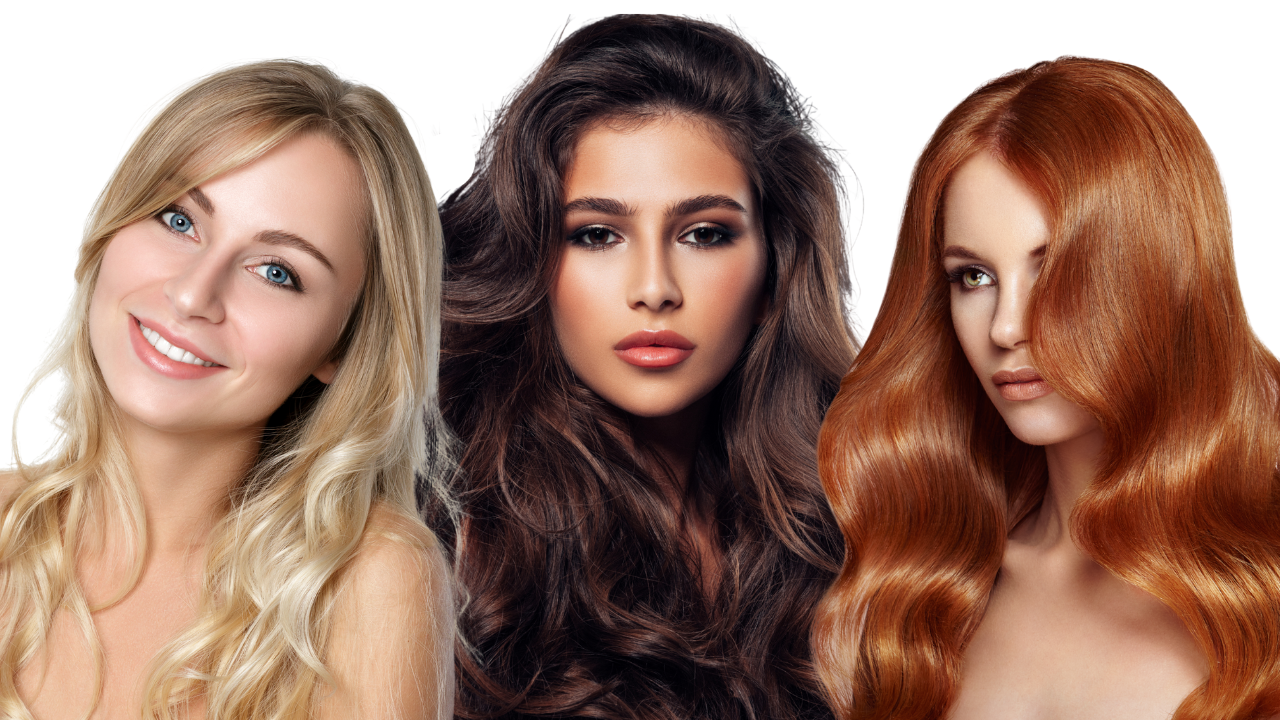
There?s nothing more frustrating than getting a new hair color and being disappointed in how you look.
Today, I?m sharing some tips to help you find a hair color that?s flattering and perfect for you!
Here are the factors to consider in choosing your hair color.
Skin Tone and Undertone
Your skin tone is the surface color of your skin or how dark you are. Your skin undertone is the color beneath the surface of your skin.
You need to consider both in choosing a flattering hair color.
You should be able to tell if you have a fair, medium, or dark skin tone. Your skin tone can help you determine how dark a hair color to choose.
However, you may not know if your undertone is cool, warm, or neutral. Your skin undertone never changes even though your skin tone can change when you tan.
If you need help determining your undertone, I encourage you to download my Seasonal Color Analysis Guide with explanations to help you.
When you know the undertone of your skin, you will know if you need a hair color that?s cool or warm.
In general, those with a cool undertone look best with cool hair colors and those with a warm undertone look better with warm hair colors.
Natural Hair Color
Hairstylists recommend staying within three shades of your natural hair color when dyeing lighter or darker. More than three shades can make your skin look dull and drab or wash you out. You want your hair color to blend or complement the color of your eyebrows.
Here?s a helpful chart to find your hair color level for the best results when coloring your hair.

The level system of hair color is a universal system used by colorists, cosmetologists, and hair color manufacturers to standardize hair color charts.
Here are some hair color suggestions to get you started.
BLONDES
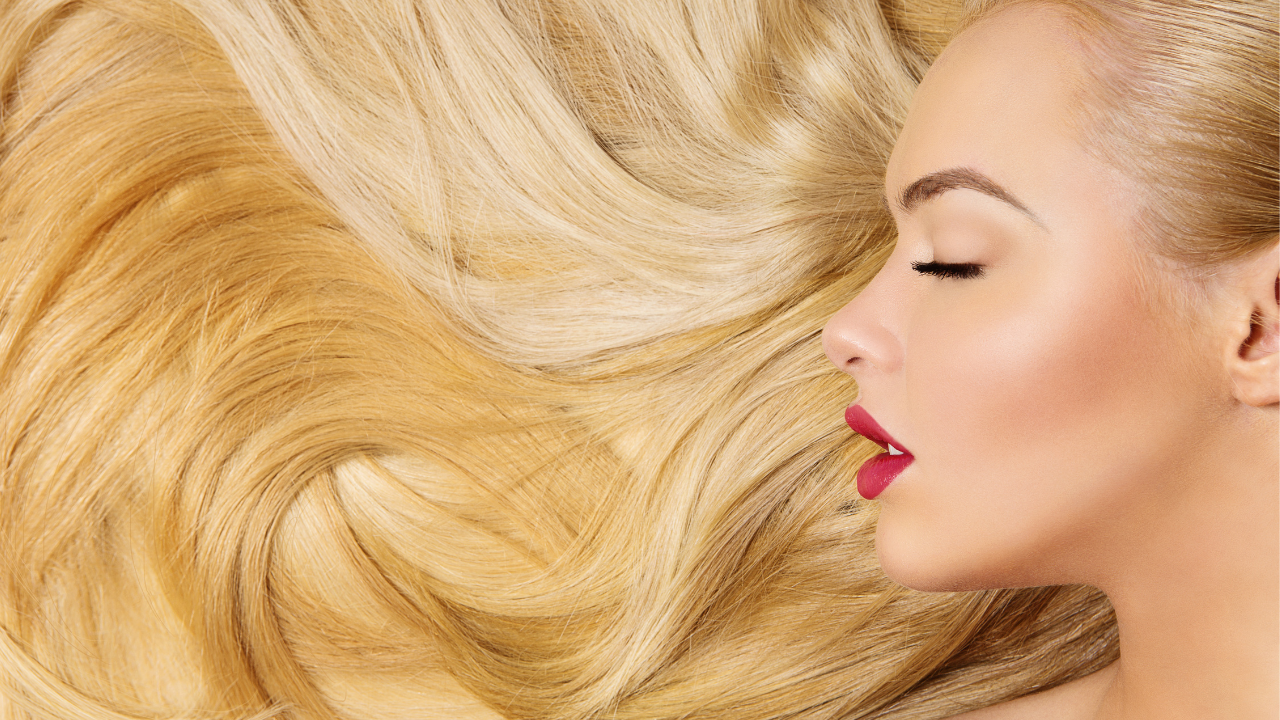
Blondes with Fair Cool Skin
If you?ve got fair skin and a cool undertone, you can rock an ultra-light blonde like beige, pearl, champagne, and platinum. Ashy blonde tones will work for you too.
Ask your colorist to tone your hair to reduce any unwanted brassiness that occurs when you lighten your hair.
You should avoid warm yellow blondes which can make your skin look sallow.
Blondes with Fair Warm Skin
If you?ve got fair skin and a warm peachy or yellow undertone, go for light warm blondes, like ivory, butter, strawberry, golden, or caramel, that are going to make your skin glow.
Avoid ashy shades which will cast a grey tone on your face.
Blondes with Medium Cool Skin
For cool rosy undertones, try a cool ash, latte, or mushroom blonde.
Blondes with Medium Warm Skin
For warm undertones, boost your natural radiance with golden, honey-blonde shades.
Blondes with Dark Cool Skin
In general, darker skin usually looks better with darker hair. But if you want to go blonde, choose a deeper shade of blonde.
If you have a cool undertone, try mocha.
Blondes with Dark Warm Skin
If you have a warm undertone, try rich toffee, caramel, and golden honey hues.
Balayage, highlights, and ombr� are great ways to harmonize blonde hair with dark skin.
Covering Grey Hair
Blonde is amazing on grey hair because it adds dimension and blends with the natural highs and lows of your hair.
To get the best coverage and your desired results, use a shade of blonde with a neutral or golden tone to offset the coolness of your grey hair.
In other words, you may need to use a warm blonde on your grey hair to get neutral blonde hair. Work with an experienced colorist to get the right result.
BRUNETTES
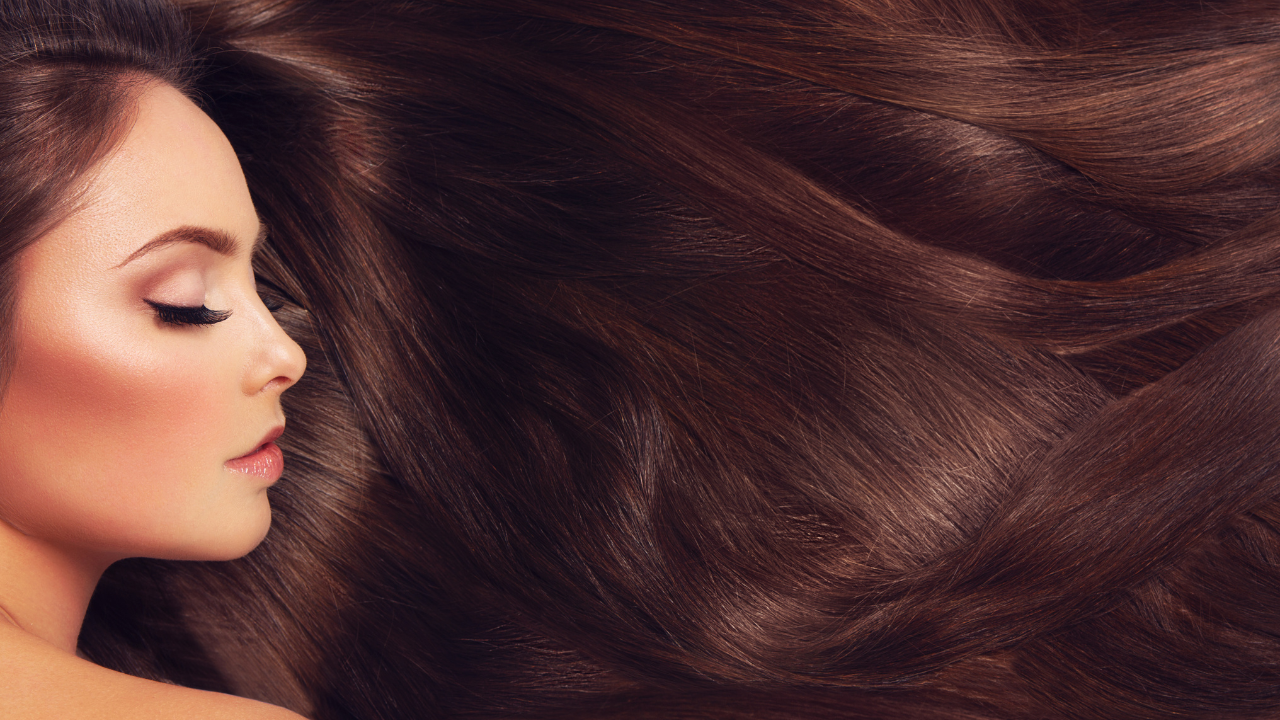
Brunettes with Fair Cool Skin
Brunettes with fair skin and a cool undertone can choose between light and dark shades. Taupe or neutral browns are better than golden shades.
Brunettes with Fair Warm Skin
Brunettes with fair skin and a warm undertone can go for a richer and warmer brunette.
Brunettes with Medium Cool Skin
Brunettes who have a medium skin tone and a cool undertone should go for a rich deep chocolate brown. A blue-black color will offset your complexion.
Avoid warm coppery browns.
Brunettes with Medium Warm Skin
Brunettes who have a medium skin tone and warm undertone should embrace dark warm browns and mahogany browns.
If you want to go lighter, a honey almond color works. Avoid brunette shades that have a blue tint to them.
Brunettes with Dark Cool Skin
Those with dark skin and a cool undertone suit inky black or blue-black shades.
Olive-skinned beauties usually have dark brunette tresses worth coveting. Those with olive skin can experiment with dark cool shades of brown too.
Brunettes with Dark Warm Skin
Those with dark skin and a warm undertone are typically born with beautiful, brunette hair. You can add depth to naturally dark hair with tonal highlights in bronzes and caramel browns.
REDS
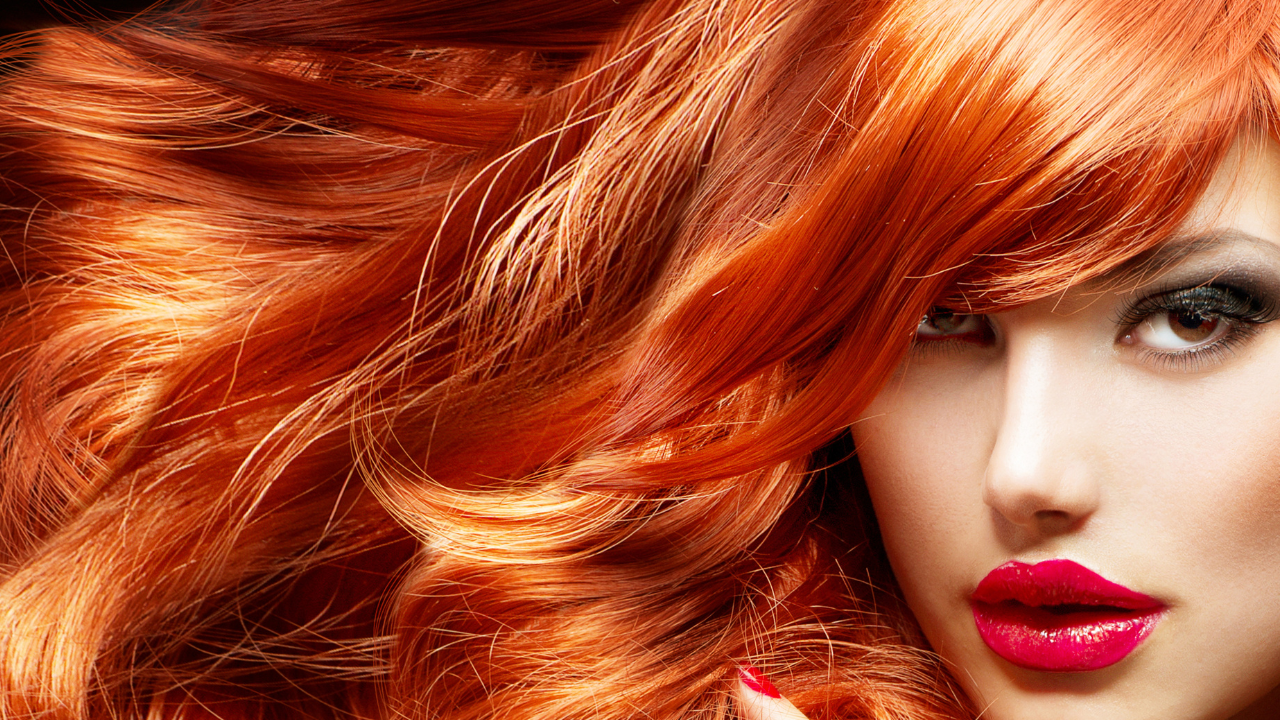
Those with natural red hair usually have a warm undertone.
Reds with Fair Skin
Light, golden reds like strawberry blonde and pale copper have a flattering effect on milky complexions with warm undertones. Avoid deep, dark tones like auburn which tend to wash out fair skin.
Reds with Medium Skin
For those with warm undertones, reds with a warm tint will look better than cool-toned reds. Medium copper and auburn shades complement medium-tone complexions with a radiant glow. Copper or rust reds are fail-safe options.
Avoid dark eggplant reds.
Reds with Dark Skin
Medium auburn and chestnut reds enhance dark complexions, highlighting their natural radiance, Or keep your hair understated with a coppery base. Brighter reds can make deep skin tones look green.
Tips from Hair Experts
Choose a hair color with the same undertone as your skin.
Choose a color within three shades of your natural hair color.
Choose a base hair color that blends with your natural brows.
Experiment with an online app to see yourself in different hair colors.
Consult with a colorist before committing to a new color.
Many of my clients use their personal color palette as a guide in choosing their hair color and highlights. Check out my color palettes available for the 16 color seasons.
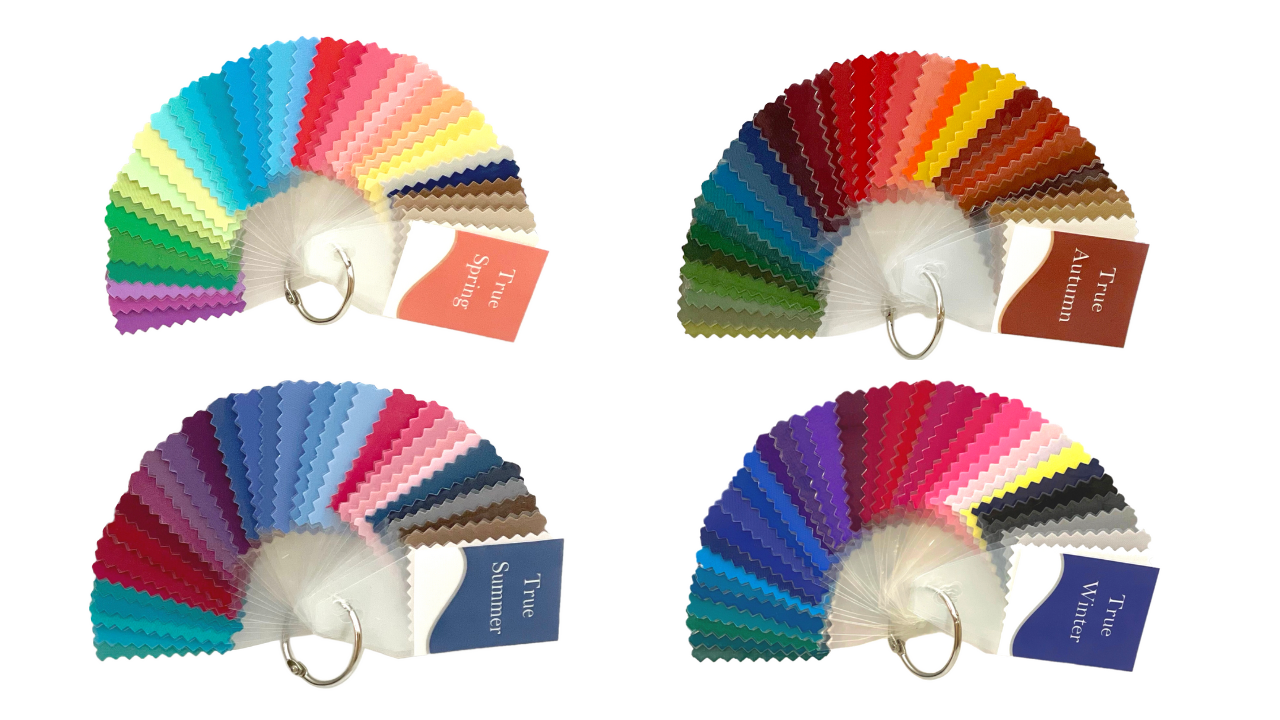
Check out 3 Tips for a Flattering Hair Color for more help in choosing a hair color.
Like this Article? Pin It on Pinterest!
